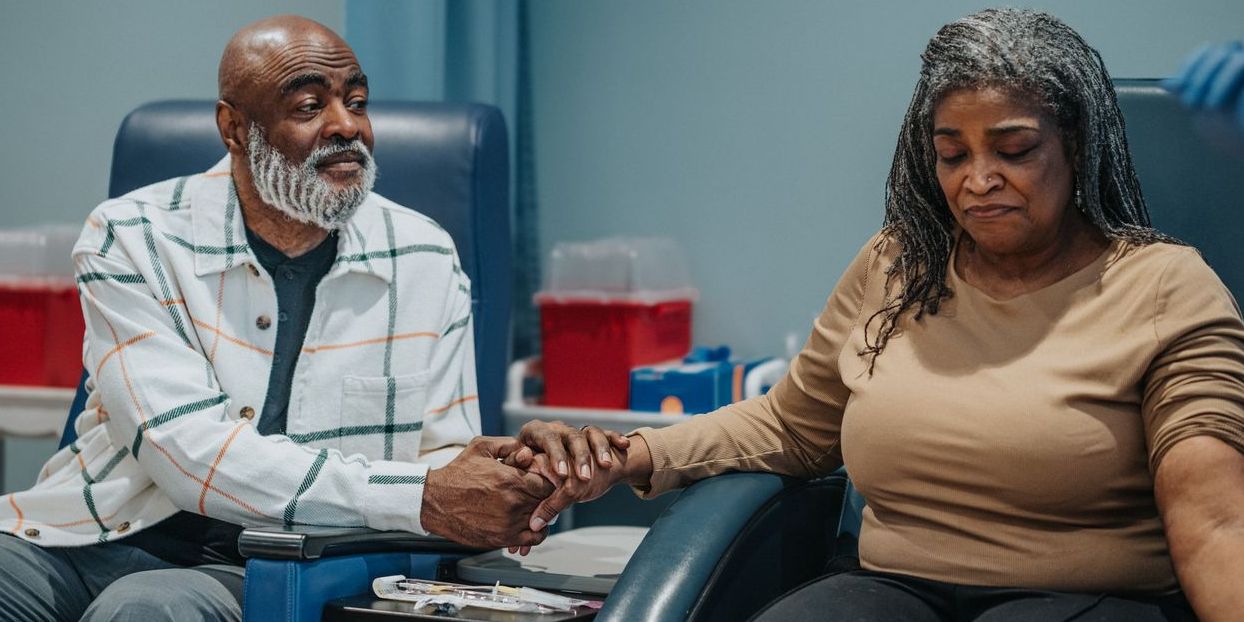Remote activity monitors can detect changes in activity level among patients with MS, which may serve as early warning signs of MS progression.
Previous studies have reported an association between physical ambulatory disability as determined by the daily step count (STEPS) and spinal cord atrophy in patients with MS. This association, however, has had limited study.
To address this knowledge gap, Valerie J. Block, PT, DPTSc, and colleagues examined the hypothesis that spinal cord atrophy is a relevant anatomic substrate for physical activity as calculated by STEPS. “We sought to begin to understand the relationship between structural nervous system pathology (brain and spinal cord volumetric based on MRI) and physical activity as measured in the real world using wearable activity monitors,” Dr. Block explains.
“Evaluating walking is crucial, and it represents the major component of standard MS disability measures like the Expanded Disability Status Scale (EDSS),” Dr. Block continues. “However, the EDSS is insensitive to change over time, varies between examiners, and can be affected by minute-to-minute variations like ambient temperature and time of day.”
Further, Dr. Block and colleagues determined that applicable data could only be obtained from measurements garnered in actual daily life. “Reliable, valid measures of walking impairment that reflect real-world daily activity on an individual level are needed,” she says. “Assessable, remote measures are especially important as research finally zeroes in on progressive MS. In fact, to measure the effectiveness of therapies that impact progressive MS, there are currently no endpoints capable of detecting a clinically meaningful change in walking over a 1-year interval.”
As a result, clinical trials in progressive MS “have needed to recruit exceptionally large patient cohorts, with hundreds to thousands of participants, and follow them for 2 or more years at extraordinary costs.”
STEPS Correlate With Walking Times & Gray Matter Volume
For a study published in Multiple Sclerosis Journal, Dr. Block and colleagues enrolled 50 adults with progressive or relapsing MS who had the ability to walk for more than 2 minutes. These participants were assessed via clinician evaluation, patient-reported outcomes, and MRI scans of the brain and spinal cord.
Most patients in the study (66%) were female, and the mean age of participants at baseline was 53. The median disease duration was 17.5 years and the median EDSS score at baseline was 4.0; the mean STEPS count was 5.408.
Remotely monitored physical activity over 30 days (STEPS) highly correlated with disability (measured via EDSS; P< 0.01), as well as pyramidal, cerebellar, and bowel and bladder functional scale scores (all P<0.01). Lower STEPS were associated with longer Timed-Up and Go (P<0.01) and Timed 25-Foot Walk test (P<0.01) times. More STEPS were associated with higher endurance, as measured by longer distances walked during the 2-Minute Walk Test (P< 0.01).
Higher STEPS also significantly correlated with greater C2-C3 spinal cord gray matter areas (P=0.04), total cord area (P= 0.04), and cortical gray matter volume (P=0.04; Figure).
STEPS Detect Early Indicators of MS Progression
“Low or decreasing levels of physical activity can be a warning sign for otherwise ‘silent’ changes in structural nervous system pathology in MS,” Dr. Block says. “Cervical and thoracic spinal cord grey matter atrophy has been correlated with disability. However, full brain and spinal cord MRIs are not always practical or even available. Remote physical activity monitoring using commercially available devices could be a more economical, practical way to monitor patients for changes—before submitting to burdensome, costly clinical testing such as MRIs.”
Physicians can use these findings to support an initiative to “track patients with remote activity monitors to detect any changes in activity level, which may serve as early warning signs for MS progression,” she continues.
However, Dr. Block also acknowledged that additional study is needed. “Future work should focus on longitudinal relationships between remote measures, structural nervous system pathology, and MS disability and symptoms, and, subsequently, on possible avenues to improve or influence these symptoms.”



















Create Post
Twitter/X Preview
Logout